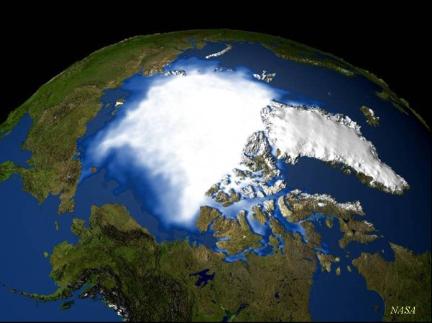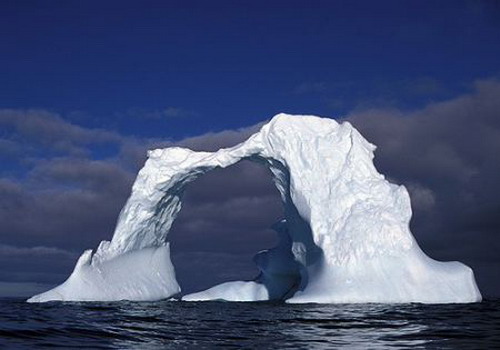Early 2007, the Intergovernmental Panel on Climate Change (IPCC) official release of over 2500 leading scientists around the world to participate in the climate assessment report. The report affirmed the Earth warming phenomenon, from the mid-20th century until so far, a 90 percent chances that related with human activities. Now it can be perfectly sure the polar region incidents traced: human activities - greenhouse effect - global warming - sea ice melt - foraging difficult - the polar bear into a crisis of survival. The Pole areas variation directly impact on the global scale atmospheric circulation, ocean circulation and world climate variability, and it is affect the global climate and environment as well. Studies show the Arctic is undergoing rapidly changes of atmosphere, ocean, island and ecological elements, these rapid changes are resulting the world's climate and environment in a significant impact.
This webpage is made by student who studying Environment Science at Chapman University, to provide the useful information on Climate Change and Meteorology. Acknowledging the page includes several data and material which have not been concerned to be used, we are willing to removed any if it causes problems. Send email to: jessie_zhearty@yahoo.com.cn if you have any request. |
||||||

